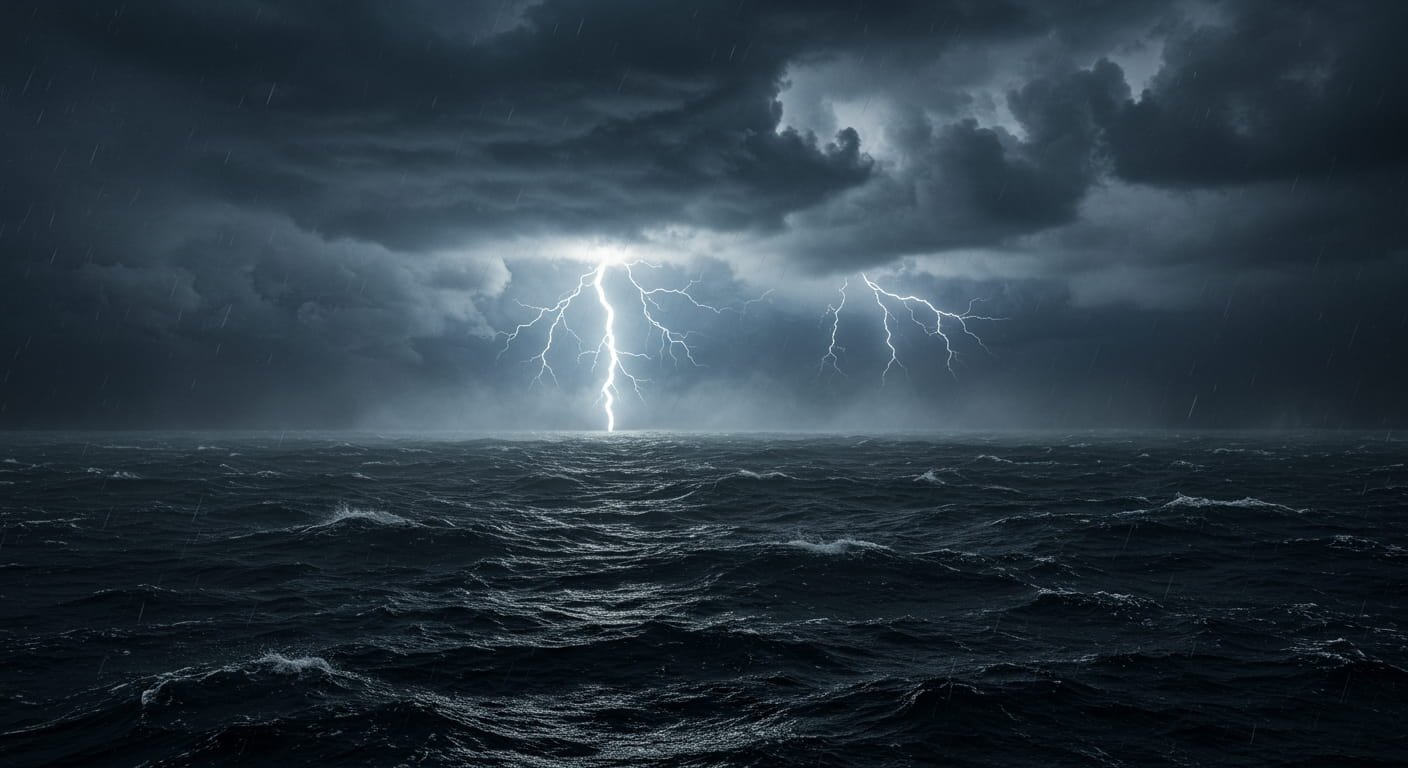
Newsletter Subscribe
Enter your email address below and subscribe to our newsletter

Enter your email address below and subscribe to our newsletter

When severe weather threatens coastal regions, terms like “tropical storm” and “hurricane” are often used interchangeably. However, these systems have distinct differences in intensity, wind speeds, and potential damage. Understanding these differences can help people better prepare for these dangerous weather events.
What Are Tropical Cyclones?
Both tropical storms and hurricanes are types of tropical cyclones—rotating low-pressure weather systems that form over warm ocean waters near the equator. They are fueled by warm, moist air and can bring heavy rain, strong winds, and storm surges.
The main differences between tropical storms and hurricanes lie in their wind speeds, organization, and potential for destruction.
A tropical storm is a tropical cyclone with sustained wind speeds between 39 and 73 mph (63–118 km/h). When a tropical depression (a weaker system with winds below 39 mph) intensifies, it becomes a tropical storm and is given a name by meteorological organizations like the National Hurricane Center (NHC).
When a tropical storm’s winds reach 74 mph (119 km/h) or higher, it is classified as a hurricane (in the Atlantic and Northeast Pacific) or a typhoon (in the Northwest Pacific). Hurricanes are categorized using the Saffir-Simpson Hurricane Wind Scale, which ranks them from Category 1 (weakest) to Category 5 (strongest).
| Category | Wind Speed (mph) | Potential Damage |
| 1 | 74–95 | Some roof damage, tree branches broken |
| 2 | 96–110 | Major roof damage, uprooted trees |
| 3 | 111–129 | Devastating damage: structural failures |
| 4 | 130–156 | Catastrophic: severe building damage |
| 5 | 157+ | Near-total destruction of homes/infrastructure |
Both tropical storms and hurricanes develop under similar conditions:
If these conditions persist, a tropical depression can strengthen into a tropical storm and eventually a hurricane.
While tropical storms can be destructive, hurricanes pose a far greater threat due to their higher winds, storm surges, and widespread damage. However, tropical storms should not be underestimated—they can still cause life-threatening flooding and power outages.
The main difference between a tropical storm and a hurricane is wind speed, with hurricanes being much stronger and more destructive. Both require careful monitoring and preparedness, especially in hurricane-prone regions.
Stay informed through official weather forecasts (like the National Hurricane Center) and always have an emergency plan in place when severe weather approaches.